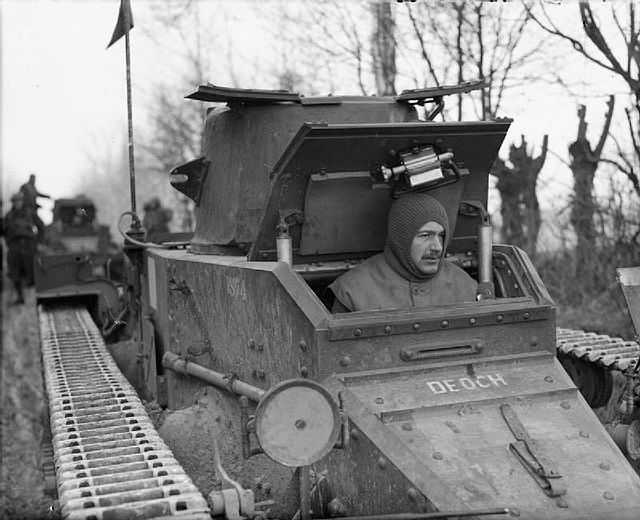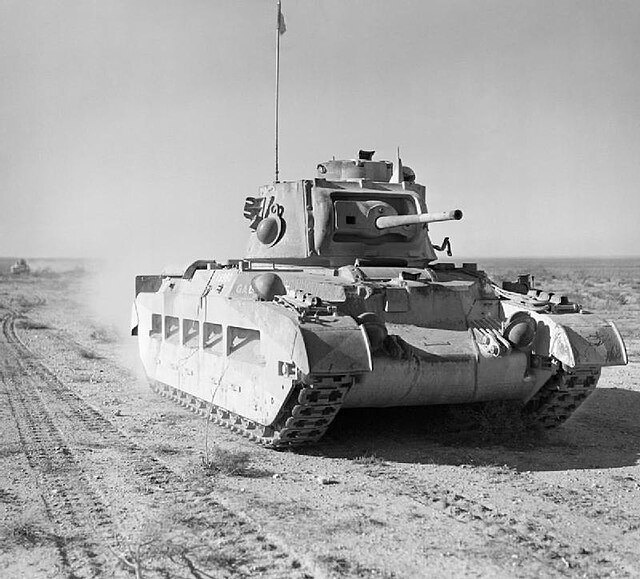The Tank, Infantry, Mk I, Matilda I (A11) is a British infantry tank of the Second World War. Despite being slow, cramped and armed with only a single machine gun, the Matilda I had some success in the Battle of France in 1940, owing to its heavy armour which was proof against the standard German anti-tank guns. However, it was essentially useless in an attacking sense, as its weak armament made it toothless in combat against enemy armour, and the tank was obsolete before it even came into service. The Battle of France was the only time the Matilda I saw combat. The tank was cheaply built as the British government wanted each of the tanks to be built on a very restricted budget in the build-up to the Second World War. It is not to be confused with the later model Tank, Infantry Mk II (A12), also known as the "Matilda II", which took over the "Matilda" name after the Matilda I was withdrawn from combat service in 1940. They were completely separate designs.
A11E1 pilot model
The driver of a Matilda I in France during the winter of 1939–40. This shows the cramped driver's compartment and how the hatch obstructs the gun turret.
T3447 at The Tank Museum's Tankfest annual display (2009)
Rear view "T8106".
The infantry tank was a tank concept developed by the United Kingdom and France in the years leading up to World War II. Infantry tanks were designed to support infantrymen in an attack. To achieve this, the vehicles were generally heavily armoured to allow them to operate in close concert with infantry even under heavy fire. The extra armour came at the expense of speed, which was not an issue when supporting relatively slow-moving foot soldiers.
Churchill tanks during the 2nd Battle of El Alamein
British Matilda I tank
Matilda II in the Western Desert Campaign






